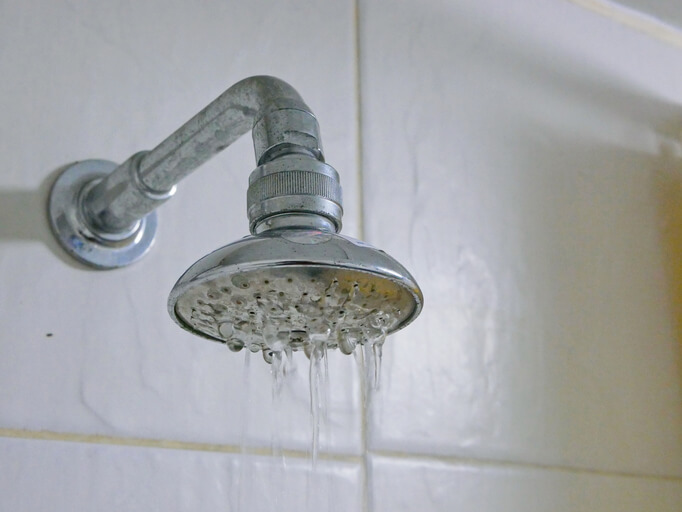Running water is one of many things essential in our homes that we often take it for granted. Even when your plumbing is working, you may still experience problems with the water’s pressure. Low water pressure occurs when water comes out of plumbing fixtures in weak dribbles rather than a constant stream. The change may occur gradually, and most people only notice when the pressure gets really low. Unfortunately, low water pressure can cause a myriad of issues, from mild inconveniences when washing and bathing to costly damages to your plumbing system.
Learn more about what causes low water pressure and how to resolve the issue. As always, trust a professional plumbing company like Sunshine Plumbing and Gas to take care of your home with quick and reliable plumbing services.
Contact us today to get a free estimate!

What Causes Low Water Pressure?
Residential water pressure should ideally be 45–55 pounds per square inch (psi). However, it is not unusual for homes to have pressure readings below 40 psi and up to 80 psi. Be mindful that high water pressure may feel nice in the shower, but it can also lead to expensive plumbing issues. The following include some common culprits behind low water pressure and some tips on how to remediate the problem.
Corroded Plumbing
Rust and wear can also restrict water flow inside the pipes, decreasing the water pressure. Old residences are particularly susceptible to rusted piping. Be on the lookout for any discoloration in your tap water. At the first sign of an issue, contact a reputable plumber to schedule repiping services.
Faulty Fixtures
Like pipes, water fixtures, such as showerheads and faucets, can become clogged themselves. You can try cleaning the fixture’s screen or aerator yourself for minor clogs. For more stubborn fixtures, contact a plumber for faucet repair services.
High Water Demand
Having multiple plumbing fixtures on at once can place too much strain on the water supply system. Be mindful of how much water you use or upgrade your appliances, such as your dishwasher, to a more water-efficient model.
Clogged Pipes
Blockages from mineral buildup and debris in the pipes can disrupt water flow and decrease the water pressure. To clear your plumbing of debris, consider a tried-and-tested cleaning method, such as water jetting.
Broken Pressure Regulator Valve (PRV)
This valve reduces the water pressure coming into your home to a desirable level. If broken, your water pressure could be too high or too low. You may adjust the PRV by tightening the screw on the top. If water pressure continues to be low after doing this, you might need a replacement valve. They’re available at your local hardware store. Still, it’s best to leave this to a professional plumber. They’ll be better able to diagnose the problem and find the right replacement.
Closed Shut Off Valves
Aside from the PRV, your home’s water supply is controlled by two main shut-off valves. If either is not completely turned on, water pressure could be affected. You may check these valves on your own to ensure they are fully open. One valve should be located near the water meter, while the other may be found near your home’s hose bib or inside a utility room or basement. If any of these valves appear broken or you’re unable to locate them, contact your local plumber right away.
For more useful plumbing tips to keep everything in good condition, check out our top low-cost plumbing hacks, and stay on the lookout for these tell-tale signs your plumbing needs replacing.